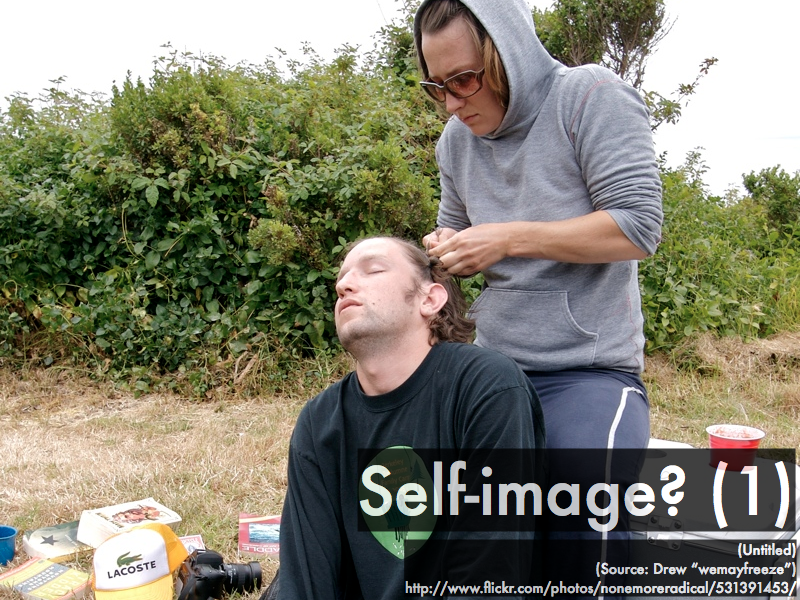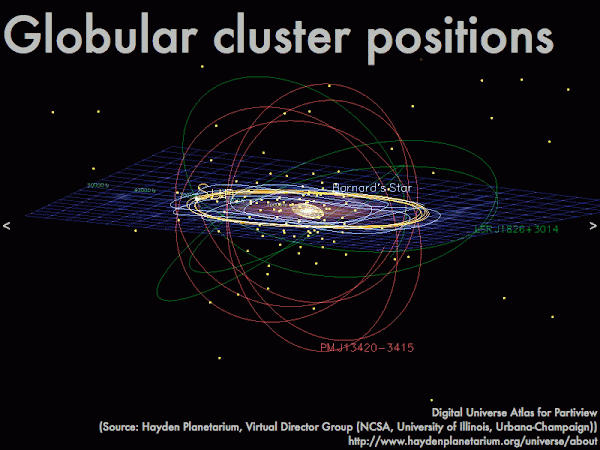Cuesta College, San Luis Obispo, CA
Students have a weekly online reading assignment (hosted by SurveyMonkey.com), where they answer questions based on reading their textbook, material covered in previous lectures, opinion questions, and/or asking (anonymous) questions or making (anonymous) comments. Full credit is given for completing the online reading assignment before next week's lecture, regardless if whether their answers are correct/incorrect. Selected results/questions/comments are addressed by the instructor at the start of the following lecture.
The following questions were asked on reading textbook chapters and previewing presentations on radioactive decay rates.

Selected/edited responses are given below.
Describe what you understand from the assigned textbook reading or presentation preview. Your description (2-3 sentences) should specifically demonstrate your level of understanding.
"That a half-life is the amount of time it takes for half the atoms in a sample to decay."
"I learned rates of decay and radioactive dating in a biology class that I took before so most of this is familiar to me."
"Melting rocks and measuring gaseous daughter atoms release which are trapped within the sample help determine the age using radioactive atoms. Also M&Ms® make a great model for radioactivity based off of how many land 'm' side up."
"Radioactive decay is exponential and that after a molten sample solidifies, it starts (over) with radioactive atoms that don't have daughter atoms."
"I understand the concepts of radioactive decay pretty well. So far it is making sense."
"Radioactive atoms decay into daughter atoms."
"Older samples have more daughter atoms."
"How does radioactivity become hazardous? Why is radioactivity seen as eminently dangerous?"
Describe what you found confusing from the assigned textbook reading or presentation preview. Your description (2-3 sentences) should specifically identify the concept(s) that you do not understand.
"I'm confused about the relationship between half-life and the time constant."
"I don't understand radioactive dating."
"I am a little confused about how to implement these equations in a problem."
"The only thing that really confused me was the resetting of half life by melting. I have never heard of this and don't understand how that works."
"I think it will be fine to understand once there is an example to use the equations."
"I don't understand the relation of daughter atoms to radioactive atoms. I cannot tell the difference between the two and which one is the original."
State the SI units for activity (radioactive decays per time).
"The units for radioactive decay are becquerels, decays per second."
"The becquerel (Bq), equal to one reciprocal second."
For a radioactive decay process, the time constant τ ("average lifetime") is __________ half-life T1/2.
less than. ***** [5] equal to. ********* [9] greater than. ************** [14] (Unsure/guessing/lost/help!) ****** [6]
Two samples are each comprised of 800 unstable atoms that will undergo radioactive decay. The remainder of one sample is 200 inert, stable atoms not involved in a radioactive decay process. The remainder of the other sample is 200 daughter atoms of the radioactive decay process.
(Only correct responses shown.)
Sample with more activity (decays/time): (there is a tie). [15%]
Sample with older solidification age: radioactive sample with daughter atoms. [56%]

"There are gaseous daughter atoms trapped inside and are released when melted and can be compared to the amount of radioactive atoms left in the molten sample to determine how long ago the sample started with radioactive atoms with no daughter atoms."
"When a sample melts, the gaseous daughter atoms are released and when the sample cools it resets because it no longer has any daughter atoms."
"The gaseous daughter atoms evaporated to leave only inert or unstable atoms, 'reseting' the age by removal of the daughter atoms."
"Gaseous daughter atoms are released and can be compared to the amount of radioactive atoms remaining in the molten sample in order to determine how long it has been since the sample had radioactive atoms with no daughter atoms."
Ask the instructor an anonymous question, or make a comment. Selected questions/comments may be discussed in class.
"If an atom is stable why it doesn't decay? In other words, what makes an atom radioactive versus inactive?" (As we'll see in the next lecture, a stable atom has an optimal ratio of protons-to-neutrons in the nucleus, while an unstable radioactive atom would have too many protons or too few protons compared to the number of neutrons.)
"I am a little confused, I am starting to kind of get the idea, but it needs to be clarified a bit."
"I am really trying to make every class, listen, understand, and identify where I need to ask questions."
















